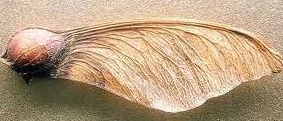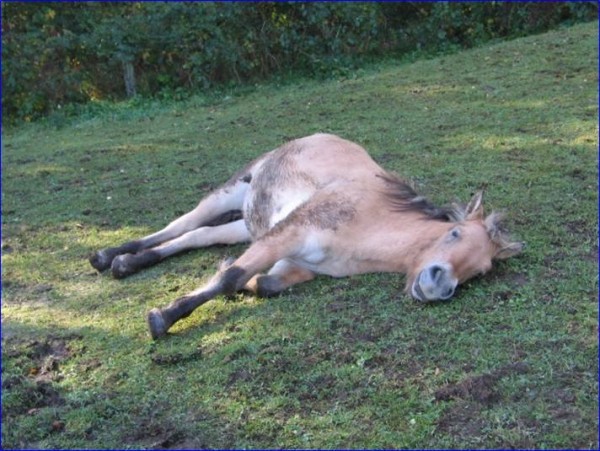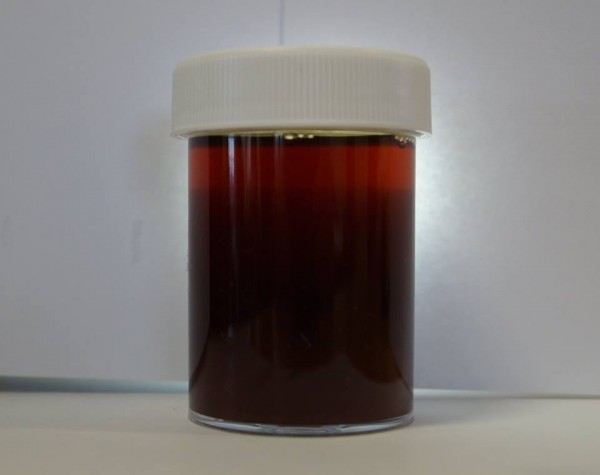We have put together the following advice for you on Atypical Myopathy “Sycamore Poisoning” in Horses:
Atypical myopathy is a potentially fatal disease of horses in the UK and Northern Europe caused by eating Sycamore seeds and leaves. The disease has been increasing over the recent years and has come to forefront of equine medicine in the autumn.
Atypical myopathy generally occurs to horses kept at grass mostly in the Autumn and occasionally in the spring often after periods of bad weather. Often an individual horse will be affected but also whole groups can show clinical signs. The disease results in profound muscle damage and affects the postural muscles that are involved in standing as well as the muscles that are involved in breathing and the heart muscle. As a result, horses display a range of signs but typically become very dull, weak, tremble, show signs of pain may be unable to lift their heads or even remain standing. Unlike other myopathies associated with exercise, no physical exertion is required to lead to the clinical signs.
Even with intensive veterinary treatment, severely affected horses can die. However, with prompt treatment, cases can recover very quickly so if you think your horse may be showing signs of atypical myopathy please contact your vet immediately.
Horses often get worse for 24-48 hours before they start to improve so even if the signs are mild, transport to a hospital should be considered whilst it is possible. Fluid therapy will be given to ensure that the breakdown products of the muscle damage do not affect the kidneys and also to ensure the horse remains hydrated. This alone requires hospitalisation as it is 24 hours a day. These cases are also very painful and require advanced pain management to ensure they stay comfortable.Many other supplements are given as anti-oxidants. There efficacy has not been completely proven but are thought to help reduce the side effects of the disease.
Most affected horses that are alive 5 days after the start of clinical signs are likely to recover. Initially recovery is slow, but most affected horses that recover go on to make a complete recovery and return to work with no long-term effects of the disease. Horse that become recumbent and are unable to stand at all have a worse prognosis.
What are the signs of Atypical Myopathy?
– Muscular soreness
– Stiffness sometimes seen as reluctance to walk
– Muscle tremors
– Sweating
– Weakness
– Lethargy or depression – can look as though sedated
– Fast or laboured breathing
– Reluctance to work
– Red or brown urine
– Sudden death
What causes atypical myopathy?
The cause of atypical myopathy was first understood with seasonal pasture myopathy in the United States. This was found to be caused by a toxin hypoglycin-A found in the seeds of the box elder tree (Acer negundo). Following research in Europe it was confirmed that the toxin was present in the seeds and to a lesser extent the leaves and wood of the European sycamore (Acer pseudoplantus).
The disease is more common in the autumn (typically around October) and often occurs as an outbreak when large numbers of seeds are falling. Bad weather also seems to trigger the disease. The amount of toxin within seeds is variable and it is not understood why some seeds have more toxin than others nor is it understood how many seeds have to be eaten for a horse to become sick. It is likely that some horses will be more susceptible than others and as older horses are less likely to become affected it may be that they develop some tolerance to the toxin. Individual grazing habits and the condition of the pasture are also likely to determine why some horses become sick and others don’t.
It is thought that the small outbreaks seen in spring might occur because of the intake of seedlings as they sprout in the grass. This has not been confirmed but is suspected.
How is atypical myopathy diagnosed?
The initial presumptive diagnosis will be made based on clinical signs and recent history of access to sycamores or fields surrounded by sycamores. Following this laboratory diagnosis is by muscle enzyme detection (CK and AST) which are released from damaged muscle cells. These enzymes can take time to become elevated and therefore the presence of dark red to brown urine is more diagnostic. The dark colour is caused by the presence of muscle pigment (myoglobin) which is released from damaged muscle cells into the blood and is then removed by the kidneys.
How can Atypical myopathy be prevented?
There is often concern over other members of the Acer family. Although thorough investigations of all tree species have not been performed, it appears as though some other North American and Japanese Acers (or Maples) that are grown as garden trees and shrubs can produce the toxin; however Acer Campestre or the “Field Maple” which is common in hedgerows does not appear to produce the toxin.
Where you know there are European Sycamores (Acer Pseudoplanatus) close enough for seeds and leaves to drop on your grazing you should consider the following precautions:
-Checking fields carefully for Sycamore leaves and seeds (see images attached) and removing them when possible.
-Fencing off areas where Sycamore seeds and leaves have fallen
– Hoover-up/pick up sycamore seeds off the pasture
– Turning horses out for shorter periods
– Provide extra forage (hay or haylage) especially where pasture is poor or grazing is tight
-Reducing stocking density so there is plenty of good grazing for every horse
When a case is seen or suspected, then field mates should be removed from the pasture and blood tested to see whether they too have muscle damage and could be developing the disease.Unfortunately outbreaks of disease are common.



